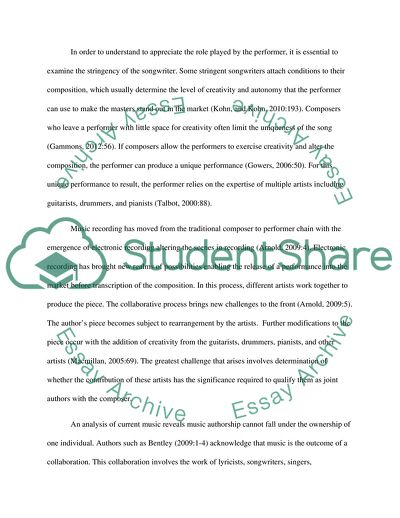Cite this document
(Music Publishing Essay Example | Topics and Well Written Essays - 2000 words - 2, n.d.)
Music Publishing Essay Example | Topics and Well Written Essays - 2000 words - 2. Retrieved from https://studentshare.org/music/1785309-music-publishing
Music Publishing Essay Example | Topics and Well Written Essays - 2000 words - 2. Retrieved from https://studentshare.org/music/1785309-music-publishing
(Music Publishing Essay Example | Topics and Well Written Essays - 2000 Words - 2)
Music Publishing Essay Example | Topics and Well Written Essays - 2000 Words - 2. https://studentshare.org/music/1785309-music-publishing.
Music Publishing Essay Example | Topics and Well Written Essays - 2000 Words - 2. https://studentshare.org/music/1785309-music-publishing.
“Music Publishing Essay Example | Topics and Well Written Essays - 2000 Words - 2”. https://studentshare.org/music/1785309-music-publishing.


